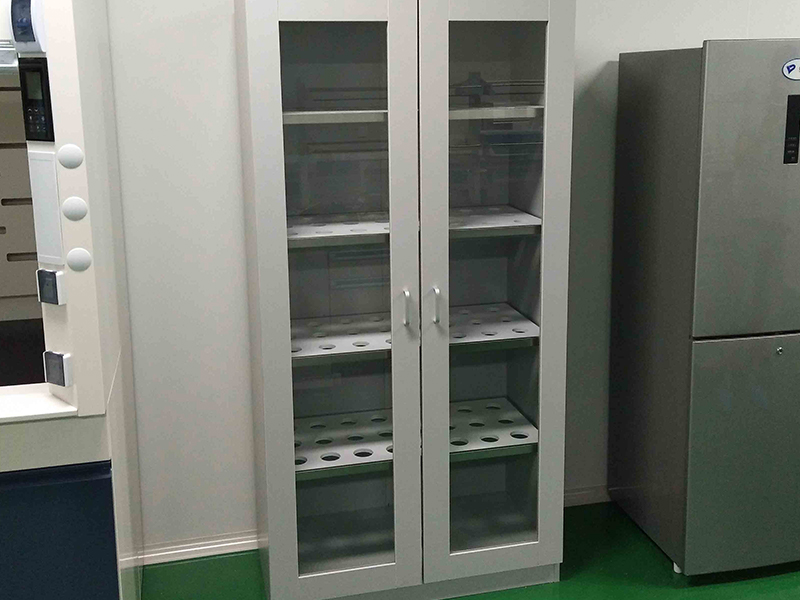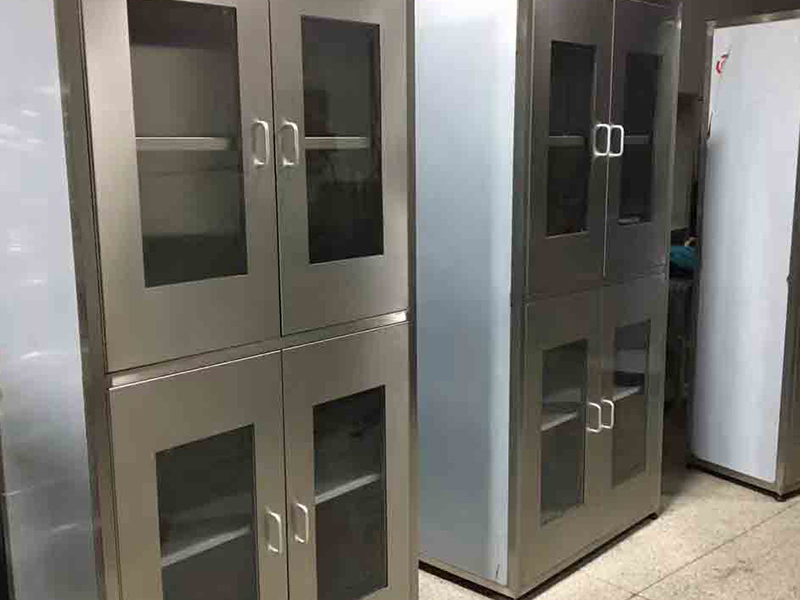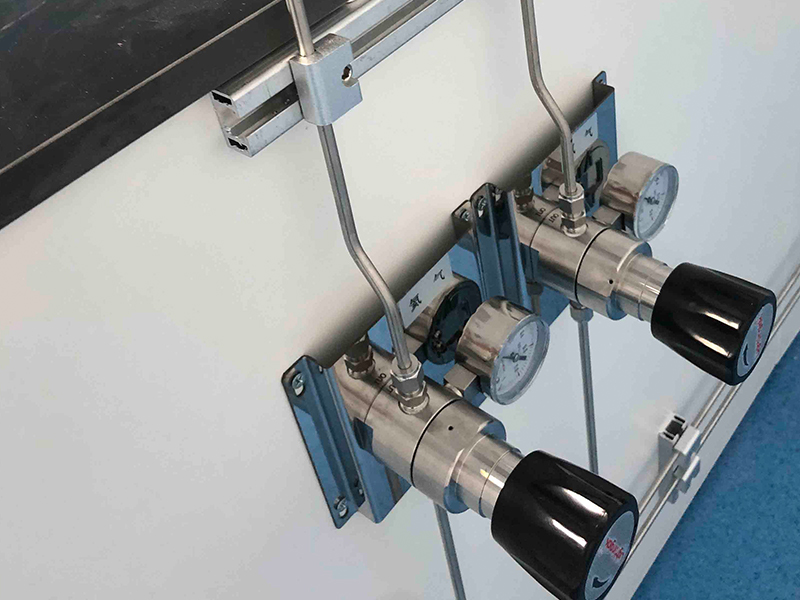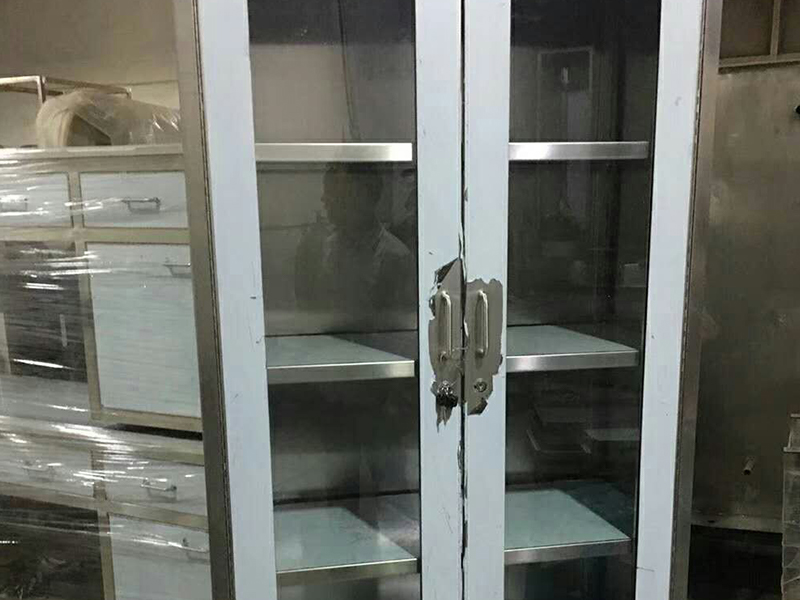Look, installing gas pipes in a lab isn’t exactly something you want to wing. One slip-up and you’re looking at leaks, possible explosions, or expensive gear going belly-up. It’s not just about ticking off a checklist; it’s about, you know, not burning down the building or getting anyone hurt.
First up, materials. You can’t just grab any old pipe from the hardware store and call it a day. You want stainless steel, copper, or maybe some gnarly specialty alloy—basically, something that doesn’t rust or corrode when it gets cozy with whatever gas you’re running. Oh, and don’t forget: the material has to actually play nice with the type of gas you’re using. Some stuff just can’t handle the heat—or the chemicals.
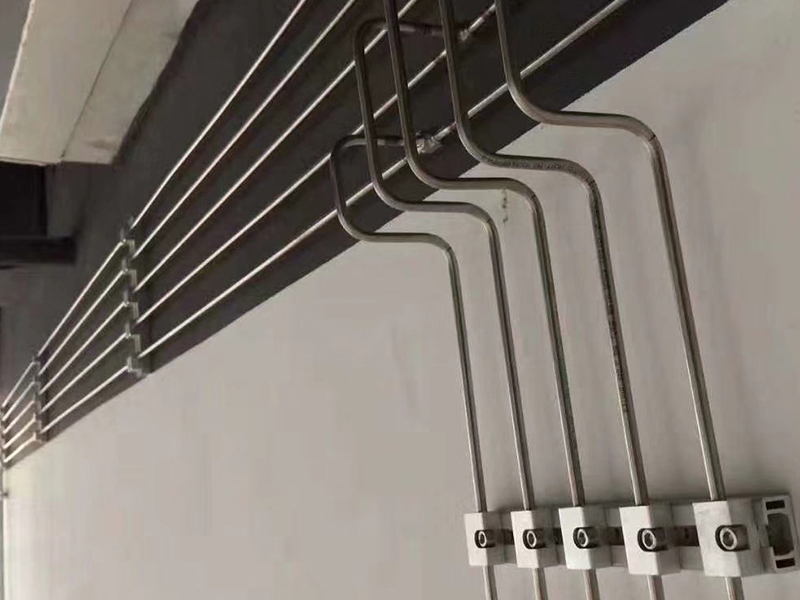
Now, about system design—don’t be lazy. Gas lines need to be mapped out so they’re not getting all tangled up with electrical wires or blocking walkways. Use enough support brackets, and make sure you can actually reach the shut-off valves when things go sideways. If you’re running different gases, keep those lines separated unless you’re looking for a chemistry experiment gone wrong.
As for installation, this isn’t a DIY YouTube kind of project. Only folks who actually know what they’re doing should be cutting, welding, or joining pipes. Every joint needs a solid leak test—no shortcuts. And yeah, hit those pipes with some pressure tests before firing up anything downstream. Slap on some clear labels and color codes while you’re at it; no one wants a mix-up between, say, pure oxygen and something flammable.
Ventilation and monitoring? Non-negotiable. Install proper vents, sensors, alarms—the whole nine yards. If a leak happens, you want to know before it turns into a headline. Emergency shut-off valves and auto-controls are your best friends in a crisis.
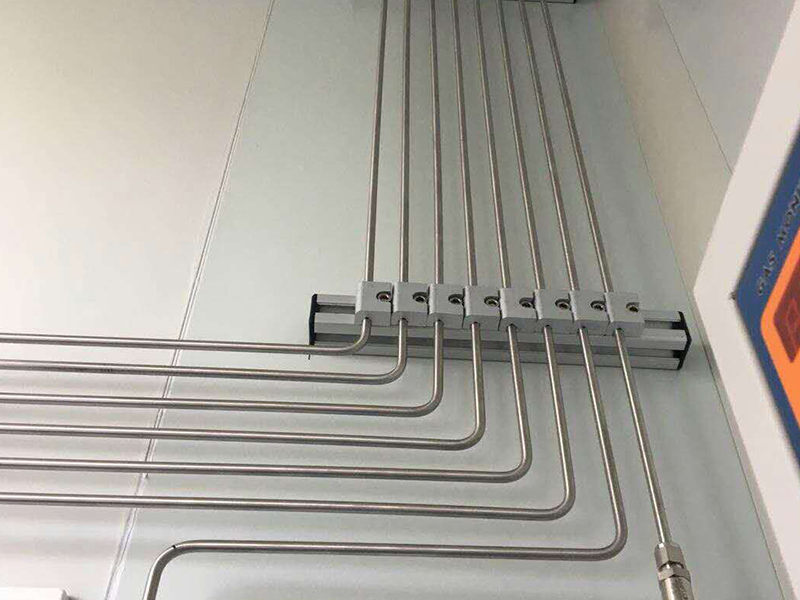
Maintenance isn’t glamorous, but it’s the backbone of safety. Do the regular inspections, keep those records up to date, and don’t cut corners when expanding or tweaking the system. One missed detail can snowball into a disaster.
Bottom line: following lab gas piping standards isn’t just some boring rulebook thing—it’s what keeps the lab running safely and everyone breathing easy. Get the basics right, stay on top of maintenance, and you’ll avoid the horror stories. Trust me, it’s worth the effort.

